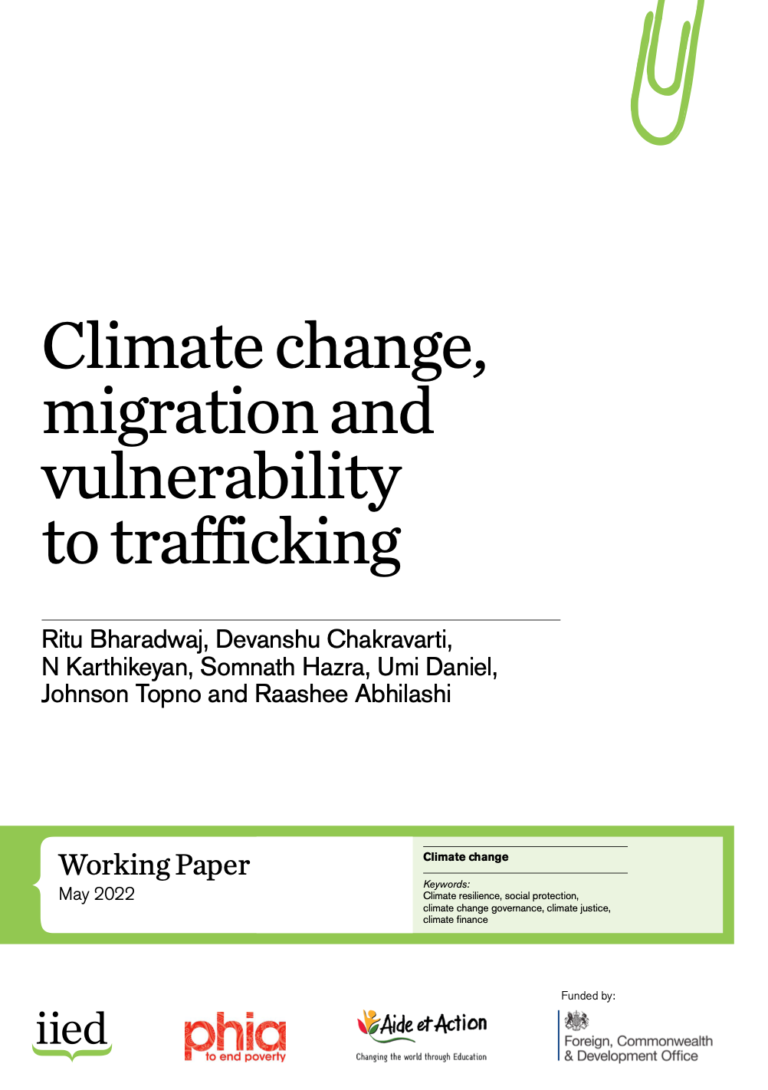Getting to Good Human Trafficking Data: Everyday Guidelines for Frontline Practitioners in Southeast Asia
GuidanceBy Jessie Brunner Executive Summary These practical guidelines aim to be a resource to support that effort to combat human trafficking, motivated by the passionate belief that good data are essential to achieving our shared goal. There are many yet...Read More

